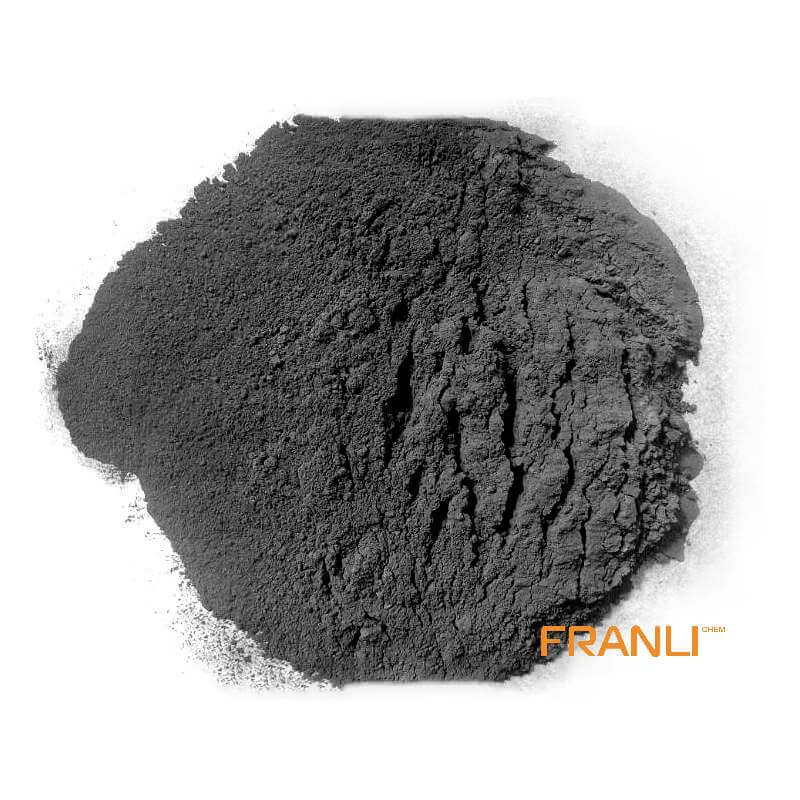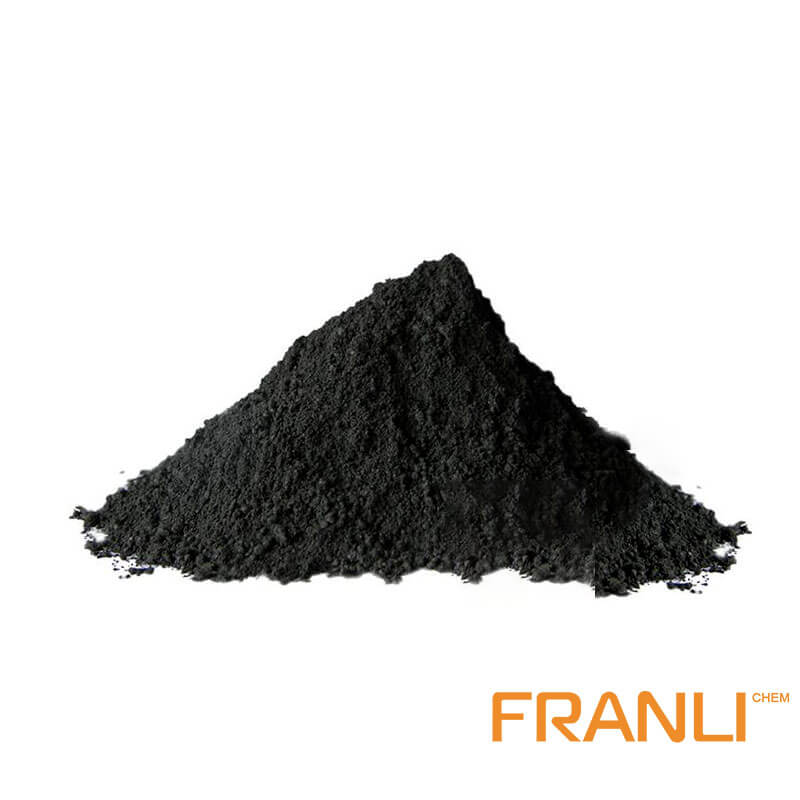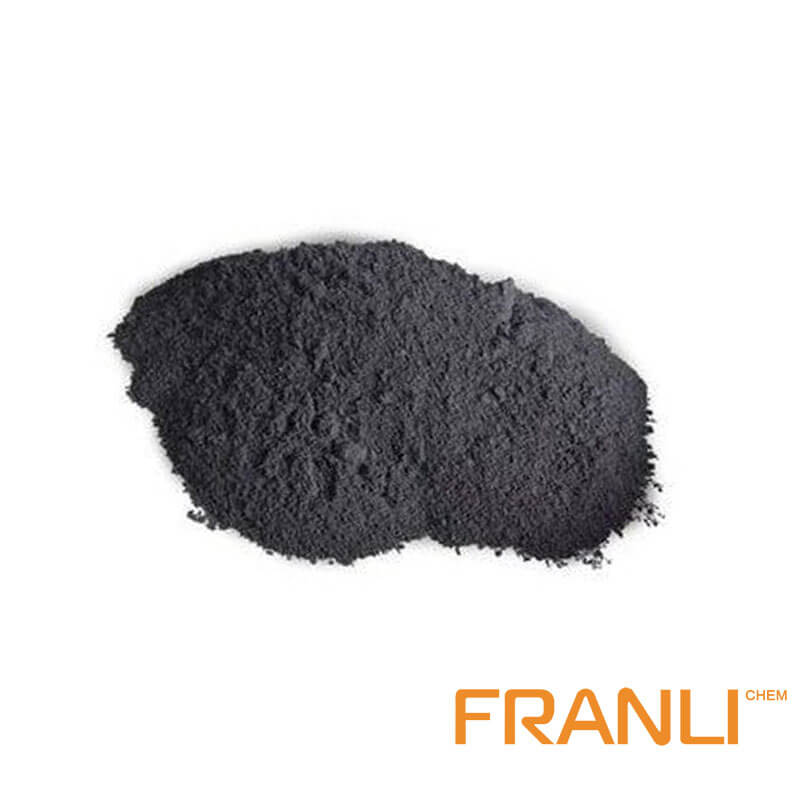


Artificial Graphite
Size
0.01mm or 0.07mm,etc
Package
25 kg small bags into ton bags or ton bags
Features
Good wear resistance, corrosion resistance, good thermal conductivity, etc.
Application
Can be used in making heat exchanger, reaction tank, absorption tower, etc.
There are many kinds of artificial graphite and different production processes. In a broad sense, all graphite materials obtained by carbonization of organic matters and treated by high temperature after being treated with graphite can be collectively referred to as artificial graphite.In the narrow sense, artificial graphite usually refers to the massive solid materials prepared by batching.
Request a quote
Artificial graphite flake has many applications in life.
With the increasingly powerful functions of electronic products, the processing speed of chips is also faster and faster. Correspondingly, the heat generated by chips is also more and more, and the heat accumulation leads to the overall temperature rise of electronic products. In addition to affecting the user experience, high temperatures will greatly reduce the life of electronic components.
Graphite flakes are widely used in the market for heat dissipation products. There are differences between natural graphite and artificial graphite. Although all of us are graphite, the crystal structure, performance and application are different. Artificial graphite is mostly used in the electronic industry for heat dissipation. Of course, natural graphite will also be used in large-scale television. This paper mainly introduces the production process of artificial graphite raw materials. If it is to be applied to actual products, it also needs a die-cutting process, such as edge wrapping treatment. This is not discussed here.

The production technology of artificial graphite flake
The main process is three steps, carbonization; Graphitization; Calendering;
The raw materials are bi-directional stretched PI polyimide films. They were all made of DuPont or SKC Cologne. Later, there were some other suppliers from Japan and South Korea. The thickness was 25um, 50um, 75um, etc. too thick, the non-carbon atoms escaping and crystallization were affected. If it was too thin, the cost was high. However, there are still a lot of gaps between domestic PI manufacturers, low graphitization and crystallization degree, and poor thermal conductivity.
Carbonization
The PI film is cut into flakes or coils and put into a carbonization furnace. As a kind of polymer material, PI generally takes about 1300 ℃ for 48 hours. Under appropriate pressure, the size of PI film shrinks by about 10-15%, the film carbonizes, and the color turns yellow to black. In the carbonization process, most of the hydrogen, oxygen, tar, etc., including some impurities, are removed. An amorphous carbon structure was formed in the film.
Graphitization
After carbonization, the material will be graphitized and the carbon molecules will recombine. It takes about 3000 degrees centigrade and 60 hours. In addition to carbon, other elements are further excluded from the film, and the carbon element forms an ordered directional layered structure.
Calendering
The graphite flakes need to be calendered.
Then it can be shipped to the die-cutting manufacturer. Because the artificial graphite flakes are fragile and become small particles, and the graphite is conductive, which is very dangerous for electronic products or equipment. It is easy to form a short circuit, so the die-cutting graphite needs the edge wrapping treatment process of the die-cutting factory, and it is better not to cut other clean products after cutting the graphite flakes.

Performance test of artificial graphite flake
The general test of graphite flake includes bending resistance test; Tensile strength test; Conductivity test; Density test, etc.
As for the thermal conductivity, the thermal conductivity tester of laser method is generally used, which is different from that of ordinary thermal conductivity gasket and other materials, because the thermal conductivity of graphite flake is too high, which is beyond the test range of hot plate method and heat flow meter method.
In addition, some professional tests are to use a Raman spectrometer to see the degree of crystallization of graphite. The appearance was observed by SEM and electron microscope.
Application of artificial graphite flake
At present, the biggest application market of artificial graphite flakes is the heat dissipation of mobile phones, computers, and other electronic products. For example, it fits on the metal plate behind the LCD screen, or on the shielding can cover the circuit board. In addition, it can also be used in LED lighting, automotive electronics, aerospace, and other places that need heat dissipation.



